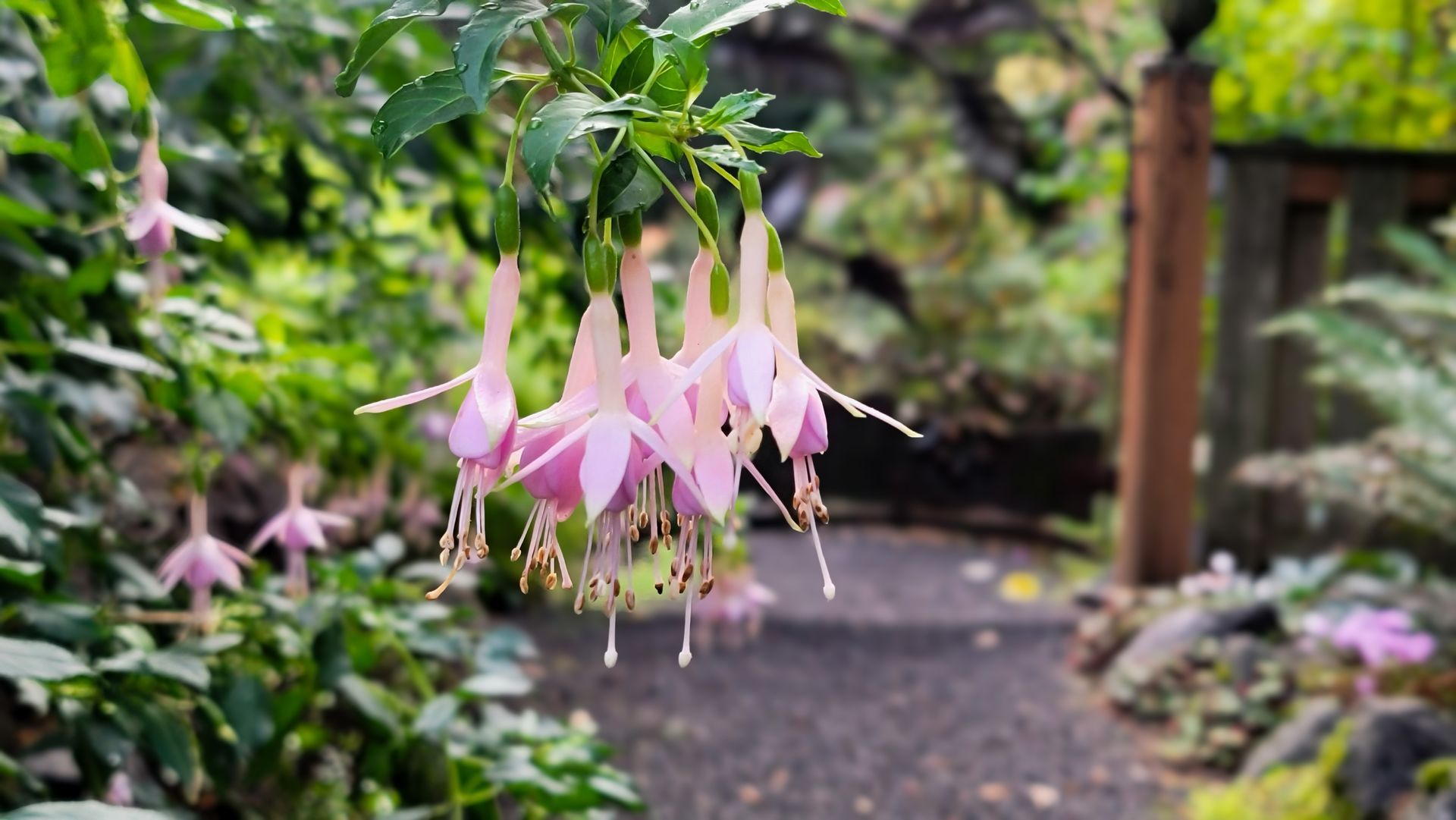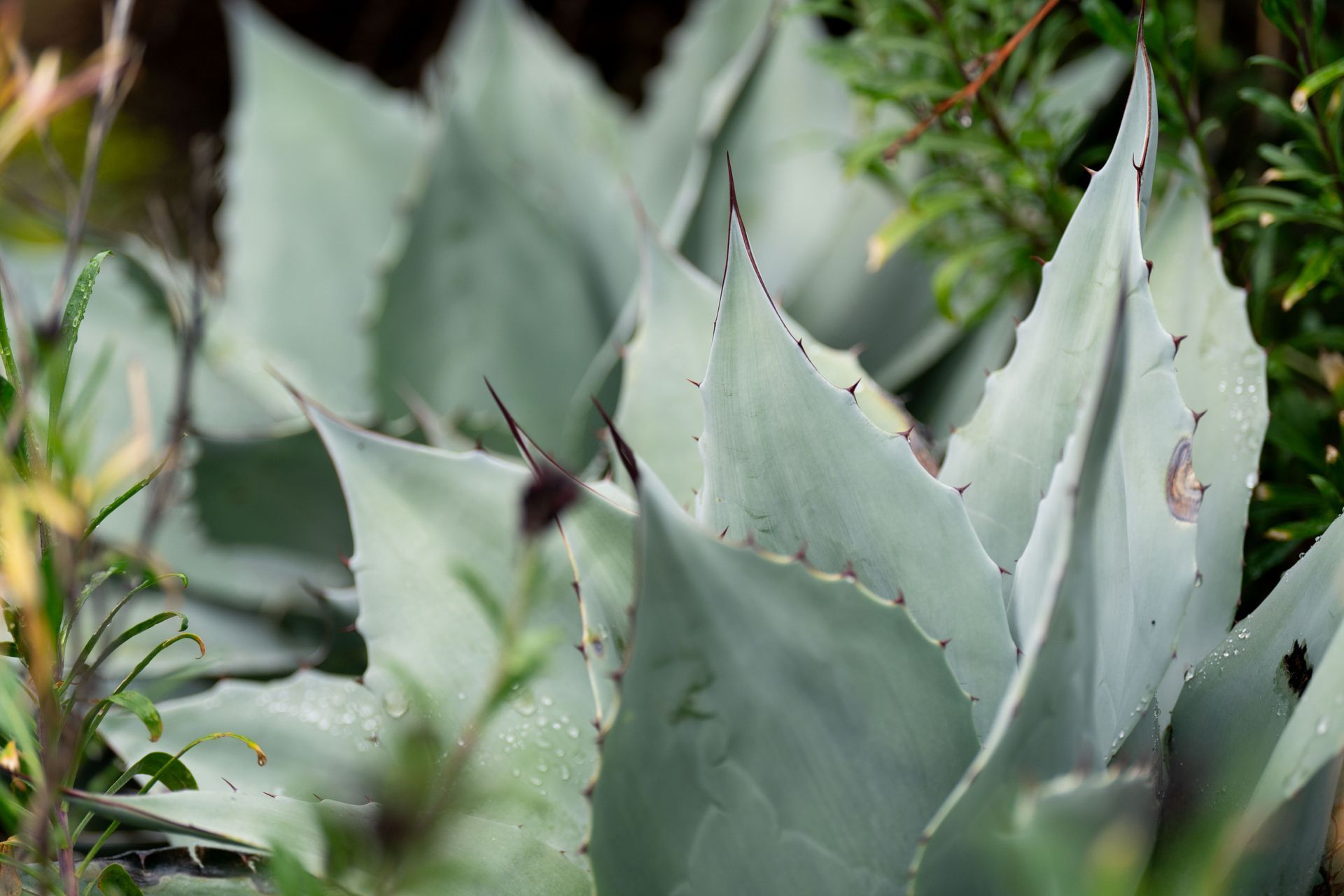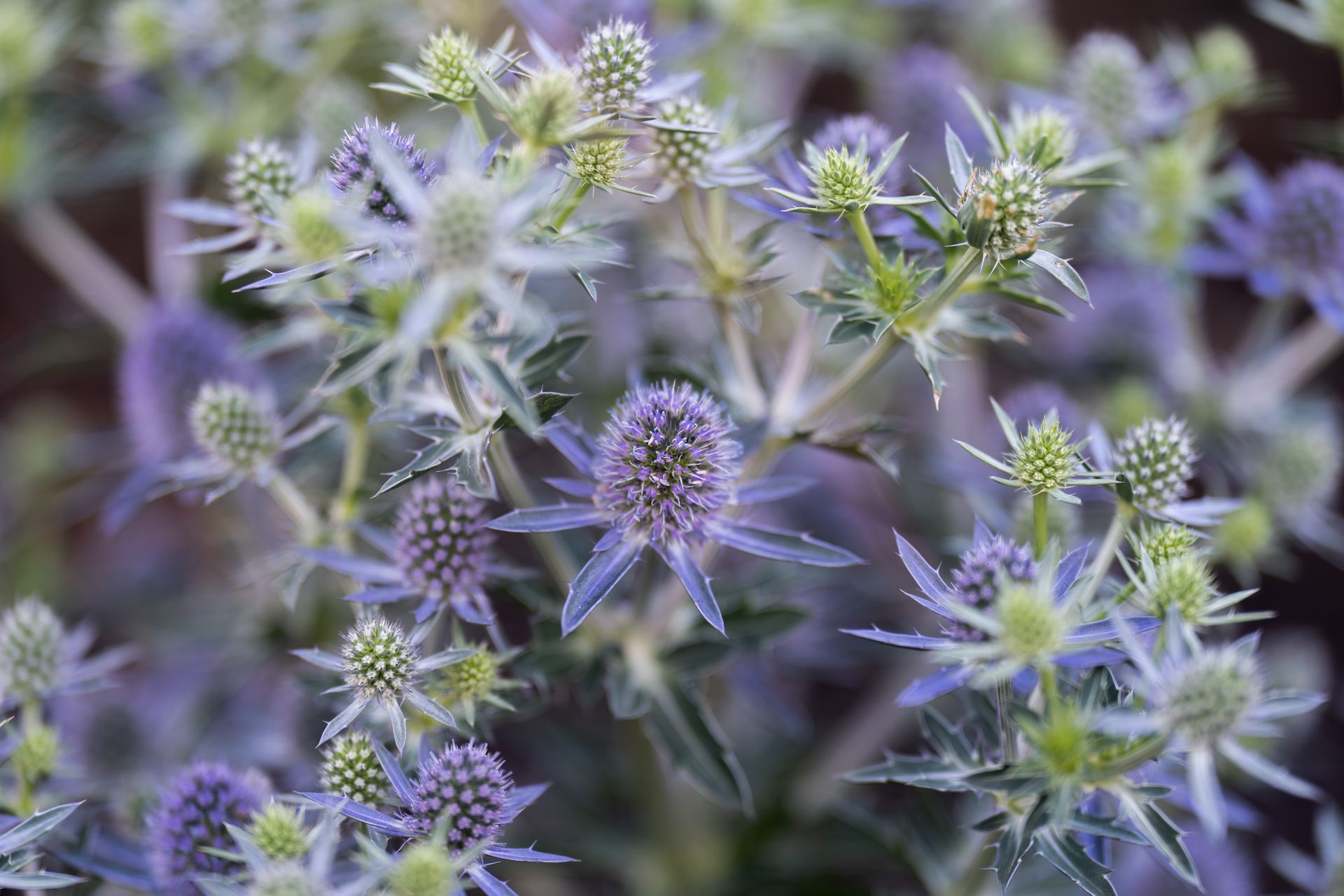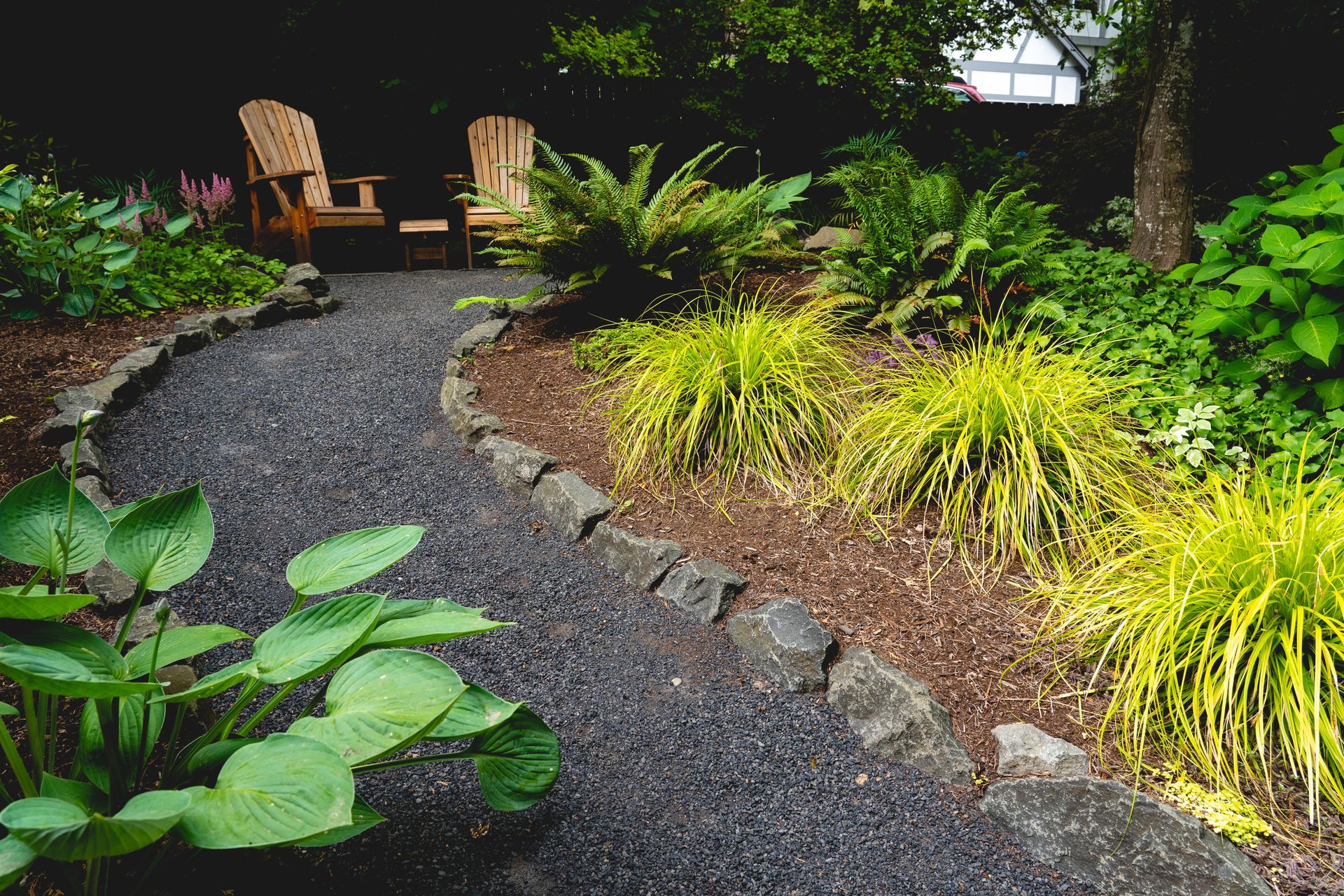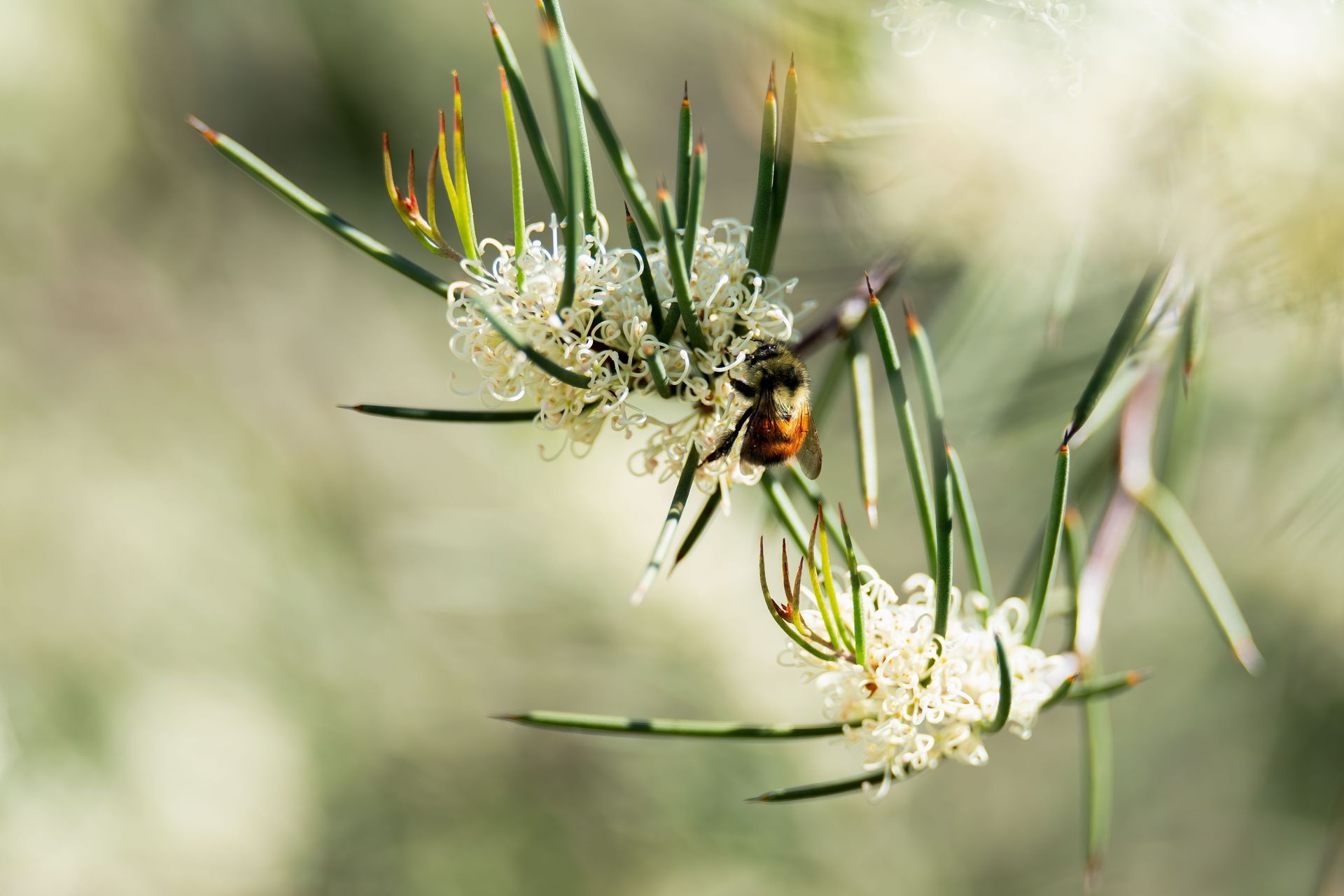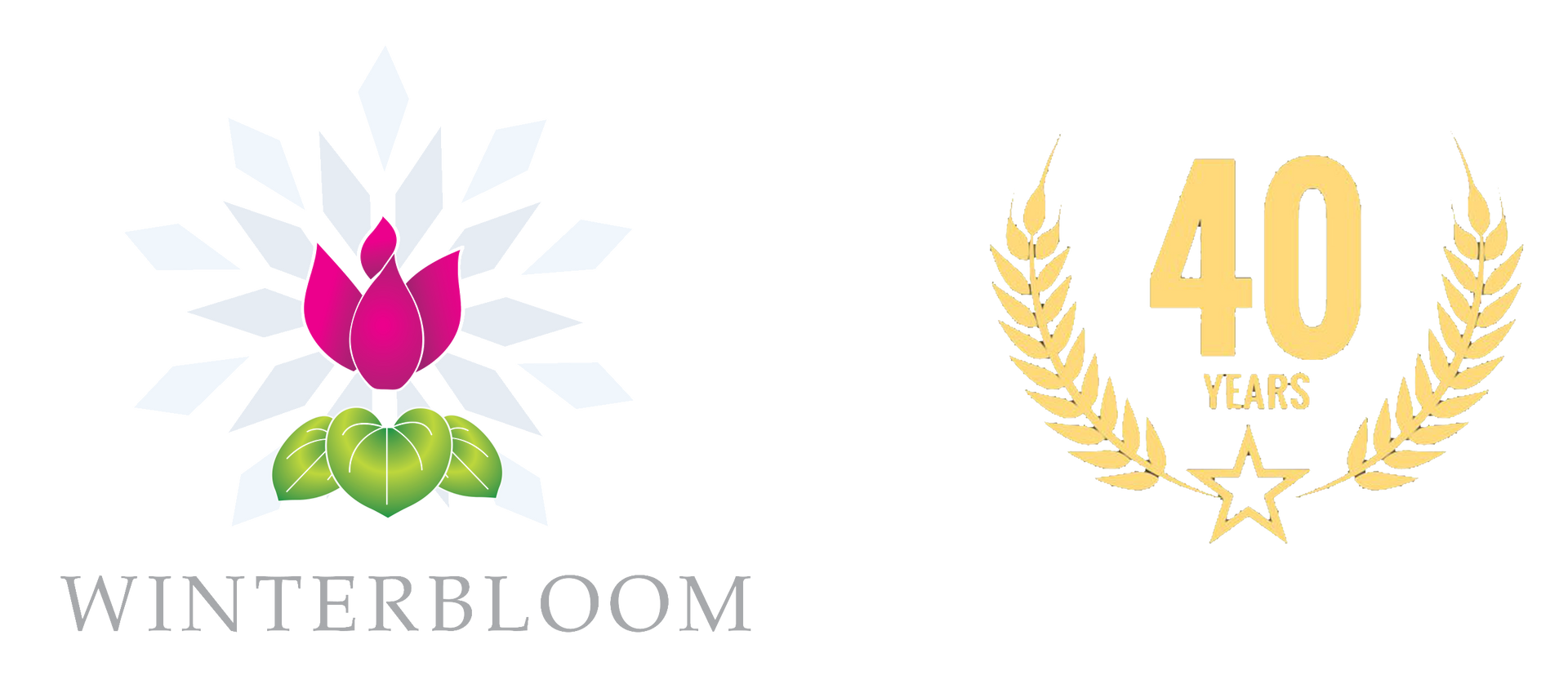Take a Break From Your Hammock to Tend to Your July Gardening Tasks
Summer has arrived and it’s fantastic! Here is a timely list of tasks that you can do in the cooler early morning and late evening hours, because the hot afternoons are for sitting back with your favorite iced drink and enjoying the sunshine! Here are our suggestions for beautifying your landscape in July:Prune shrubs after they have bloomed.
- Prune shrubs after they have bloomed.
- Weed.
- This is the month that we fertilize lawns with an organic/natural fertilizer.
- Check for root weevil adults in rhododendrons and azaleas and either use nematodes for larvae or sticky traps for the adults.
- Mulch, if you have not already, to conserve soil moisture with bark or other products.
- Watch for signs of spider mites on arborvitae hedges (dusty looking foliage, loss of color, presence of tiny mites), and wash infested areas with water. Pick a day when you can do this once a day for three days in a row. Repeat this same practice each month during the dry season. In other words, act like a heavy summer rain and rain on their parade!
- You may dig spring bulbs when tops have died down. (Divide and store or replant if overcrowded).
- Lawns (probably) need one inch of water per week this month.
- Stake tall growing perennials as needed.
- End of month: prune raspberries, boysenberries, other cane berries after harvest.
- Check for scale insects on camellias, holly, and maple trees.
- Check leafy vegetables for caterpillar attack.
- Mound soil up around base of potatoes, gather and eat a few “new” potatoes from each hill.Mid-summer plantings of beets, bush beans, carrots, cauliflower, broccoli, lettuce, kale.
- Cover blueberry bushes with netting to keep robins off.
- Encourage beneficial insects by planting members of the sunflower family (including zinnias, marigolds, Jerusalem artichokes and others)
- Stake tomatoes, watch for blight (prune for air circulation, pick off affected leaves).
Summer time and the living is blue
Our garden is at just about peak lush this month, so it’s a good time to illustrate one of my core design principles: Plant for color, texture and height contrasts.
I love the cooling effect of what I call the “blues” of selectively placed plants such as this Agapanthus, seen here through a screen of a coral Hesperaloe. These colors are in turn picked up by the orange pot filled with blue and orange balls of color and accented by the pink Echinacea or Cone Flower and the creamy white of the Lilies. Planning for vibrant layers gives the human eye lots to do and is refreshing to our spirit.

